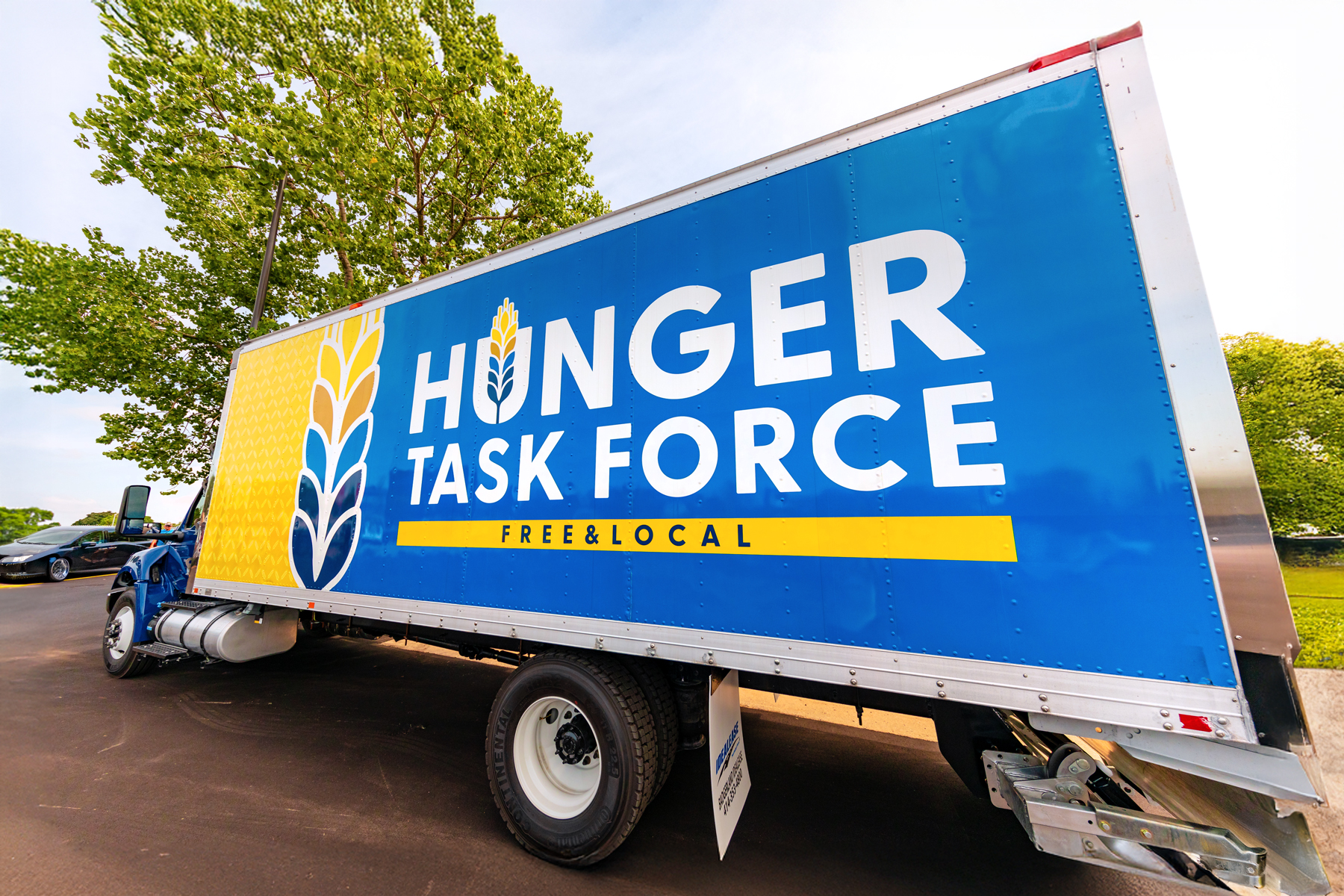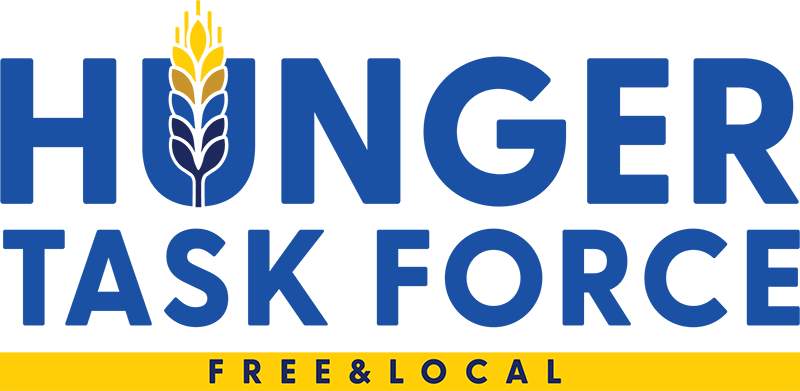Delivering with Purpose: How Hunger Task Force Optimizes Delivery Routes for Efficiency and Sustainability
At Hunger Task Force, every mile matters because every mile represents meals delivered, communities served and resources stewarded responsibly. As operations continuously evolve, Jess Pontious, Chief Operating Officer at Hunger Task Force, shares more about the strategy behind our routing process and how it contributes to both operational excellence and sustainability, especially across Milwaukee, where need and density intersect in complex ways.
Why Route Efficiency Matters
In food banking, logistics is mission critical. Our delivery routes connect warehouses to food pantries, senior centers, schools and community partners throughout Milwaukee’s neighborhoods. To us, it’s not just about getting food from point A to point B. It’s about doing so in a way that maximizes impact, minimizes waste and strengthens community trust.
Efficient routing allows us to:
- Stretch limited resources by reducing fuel costs and vehicle wear-and-tear
- Increase reliability with predictable, on-time deliveries
- Lower our carbon footprint with fewer miles and less idling
- Expand service capacity without increasing costs
These benefits don’t just improve operations—they directly support our mission to end hunger. When our routes run more efficiently, we can reinvest those savings into food procurement, community education and outreach programs that address the root causes of food insecurity.
Our Planning Approach: Data Meets Impact
We begin each routing cycle with a clear goal: deliver the most food to the most people in the most responsible way possible. Our planning process is driven by a combination of tools, team input and lived experience:
-
- Mapping Technology & GIS Tools:
Using route planning software and mapping platforms, we analyze all delivery points, traffic patterns, service windows and historical data. In Milwaukee, that means factoring in everything from construction zones to school hours to event closures that might impact key roads. We can cluster deliveries geographically to reduce zigzagging and congestion-related delays. - Driver Insights:
Our drivers are the heart of our operation and often know firsthand which intersections back up at 8 a.m. or where double-parking near a pantry complicates drop-offs. We rely on their feedback to tweak routes in real time and build smarter patterns. Their observations enhance safety, reduce delays and help preserve the quality of perishable food items during transport. - Sustainability Considerations:
From avoiding left-hand turns that burn more fuel to limiting idling times in densely packed parking zones, we incorporate small, data-driven decisions that add up to big environmental benefits over the course of a year. Even simple sequencing such as adjusting the order of stops to align with Milwaukee’s traffic flow—can result in measurable savings and faster service.
- Mapping Technology & GIS Tools:
Continuous Improvement in Action
Route planning is never “one and done.” Our operations team conducts regular route audits to identify opportunities for optimization. We are consistently evaluating route performance, testing new tools and making informed adjustments that increase efficiency and reduce our environmental impact.
We collaborate with different departments to ensure our routing strategy stays aligned with the needs of the Milwaukee community. As food demand increases in city neighborhoods, especially in areas facing economic hardship or lacking full-service grocery stores, our approach ensures that resources are directed where they’re most urgently needed.
We also measure key performance indicators (KPIs) such as:
- Average cost per mile
- Delivery time variability
- Pantry satisfaction and service ratings
- Environmental impact
These metrics help us make data-informed decisions, demonstrate accountability toward stewardship and communicate our impact more clearly to community stakeholders.
Looking Ahead
As we continue to evolve our routing strategy, we are exploring even more advanced tools like route optimization AI and predictive analytics that factor in weather, seasonal demand shifts and pantry preferences. These innovations will help us better align our resources with community needs while keeping efficiency and sustainability at the forefront.
We’re also committed to ensuring that our routing efforts remain deeply connected to local relationships. As much as we rely on technology, we also recognize the importance of human connection in our work. Deliveries are more than logistics—they’re a visible and personal symbol of support in the communities we serve.
Most importantly, our routing strategy isn’t just a logistical exercise, it’s a reflection of our values. It’s how we uphold our promise to feed our neighbors with dignity.
Whether it’s Stockboxes for seniors at a North Side high-rise or a full pallet for a pantry on the South Side, every delivery tells the story of a community that cares. And when we route with intention, that story becomes even more powerful.

